Hurricane Beryl continues its destructive path, with dangerous winds, storm surges and heavy rainfall expected over portions of the Yucatan Peninsula in Mexico.
The powerful hurricane has already caused extensive damage in Grenada and parts of the Caribbean. Its strength has fluctuated from Category 5 to Category 2 as it bears down on Mexico.
Later in the week, powerful storm effects including storm surges and flooding are expected in northeastern Mexico and in the lower and middle portion of Texas.
Rip currents are expected across much of the Gulf Coast.
“Hurricane Beryl is the third-earliest ever major Atlantic hurricane, and the earliest ever Category 5. Since 2000, only two years have had early-July major hurricanes, 2005 and 2008. Given that 2005 ultimately saw seven major hurricanes, with four of them Category 5s – including the only other one in July (Emily), as well as Katrina, Rita, and Wilma – and that 2008 saw five major hurricanes, there is every indication this is an intense hurricane season likely to break more records,” said Robert Muir-Wood, chief research officer, Moody’s Insurance Solutions.
According to Moody’s RMS, Beryl has already achieved North Atlantic Basin records:
- Easternmost hurricane to form in June
- First tropical cyclone to undergo rapid intensification in the main development region in June
- Earliest rapid intensification from a tropical depression to a major hurricane
- Strongest hurricane in June
- Earliest Category 4 hurricane
- Southernmost Category 4 hurricane
- Strongest hurricane to impact the southernmost Caribbean Windward Islands
- Earliest Category 5 hurricane
Preliminary estimates suggest extensive damage in the Caribbean.
Tourism is a large part of the gross domestic product in the Caribbean and plays a large role in employment of the region’s residents.
According to AM Best, insurable risks across the Caribbean “increased dramatically over the past decade due to additional property development, greater car ownership and inflation raising the repair and replacement costs of these assets.”
Insurance coverage has not grown proportionally with the increase in exposure in many jurisdictions, suggesting many property owners may be underinsured or uninsured.
“While the overall losses and impacts from Hurricane Beryl won’t be determined for some time, Caribbean domestic primary carriers have been faced with challenging reinsurance conditions in recent years as the reinsurance industry has re-evaluated the capacity it extends to the region,” said John McGlynn, a senior financial analyst at AM Best. “While the losses to the reinsurance industry are likely to be within risk appetite and contained in their earnings, cost pressures in higher frequency excess reinsurance layers have driven some carriers to increase retentions modestly. As a result, the earnings impacts may be more severe for Beryl than for storms in prior years.”
According to McGlynn, “a hurricane of this magnitude early in the hurricane season would act as a warning sign for the industry as it braces for the rest of the hurricane season.”
Adding, “The largest impact to results in 2024 may end up being the cost associated with purchasing third- or fourth-event reinsurance reinstatement cover. Companies do not always purchase this cover, but a severe storm so early in the season may require protection from additional CAT events at what is likely to be premium prices.”
Reinsurers largely reduced their capacity in the Caribbean beginning in 2023 and the market remains tight.
AM Best suggests the effects of Hurricane Beryl could add pressure to the Caribbean insurance market.
If the storm increases in intensity, Texas could face its wrath later in the week. State Farm and Allstate cover the largest share of homeowners insurance in the state, according to AM Best data. State Farm and Progressive are the top two insurers for private passenger auto in the Lone Star state.


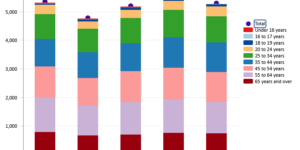


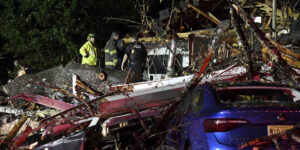





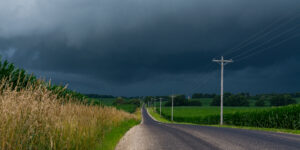



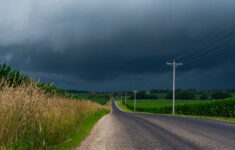




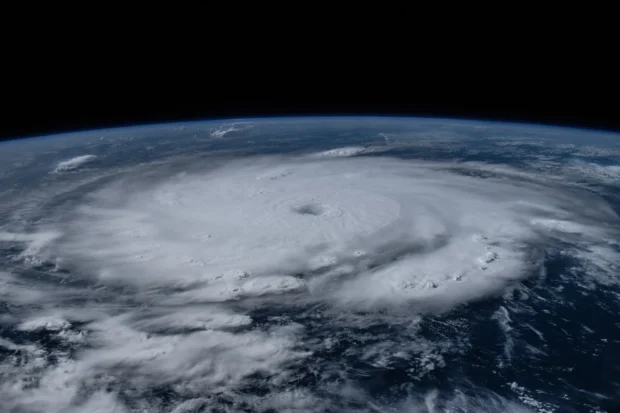
 Viewpoint: Strategies for Brokers as M&A Slows and Insurance Rates Soften
Viewpoint: Strategies for Brokers as M&A Slows and Insurance Rates Soften  Property and Casualty Insurance Trends for 2025
Property and Casualty Insurance Trends for 2025  What’s Not Changing in 2025: Homeowners Outlook, Re Retentions
What’s Not Changing in 2025: Homeowners Outlook, Re Retentions  Mixed Bag: What Trump 2.0 Tariffs, DOGE Activities Mean For Insurers
Mixed Bag: What Trump 2.0 Tariffs, DOGE Activities Mean For Insurers 




